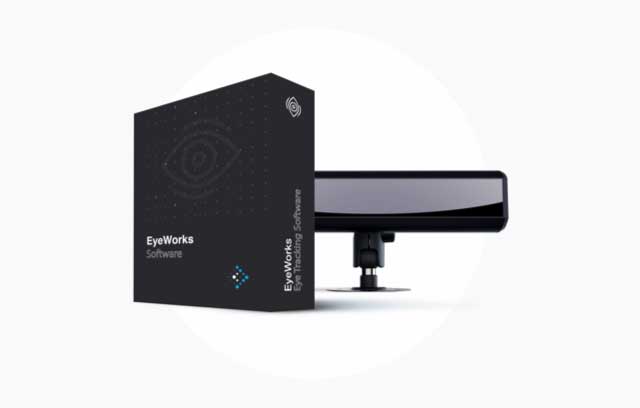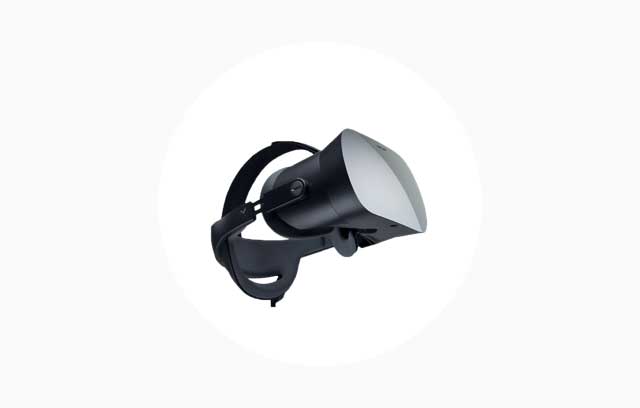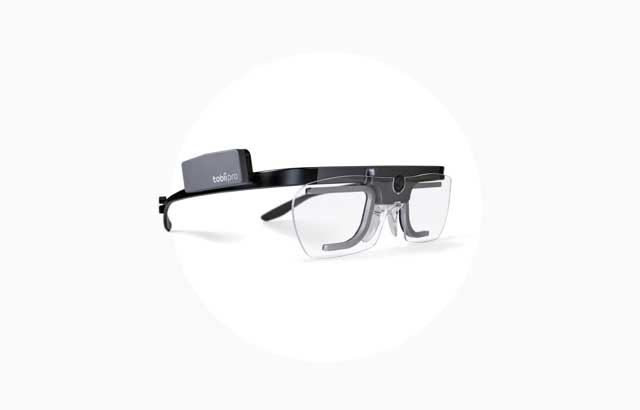By far the most common question that we hear from potential clients is this: ‘Can I conduct my eye tracking research internally, or should I enlist the services of an expert?’ It’s an excellent starting point, but the answer that you receive will most likely depend on who you ask. Sellers of eye tracking systems will probably advise you to purchase the equipment yourself, whereas sellers of eye tracking services might steer you toward one of their external solutions. This can make the decision rather difficult. Fortunately, we at EyeTracking, Inc. offer systems AND services. It doesn’t matter to us which direction you choose, so we’re able to give you an objective recommendation based on our substantial experience within the industry. Here’s a basic overview of the pros and cons of each approach.
The benefits of in-house eye tracking are obvious. You own the hardware and software to design your studies, record your data and analyze your results. Recent advances in flexibility and portability allow you to test virtually any content in virtually any location. To put it simply, conducting your eye tracking research internally provides you with the freedom to test whatever, wherever, whenever. For any company that maintains a hands-on research philosophy, this is a big plus. However, there are several drawbacks to conducting your own projects. First, there’s the cost of equipment which can range from $15,000 – $100,000 depending on the scope and type of research. Additionally, you will need staff trained in the nuances of eye tracking and capable of devoting considerable time toward staying current in this rapidly-evolving field. There are also logistical hurdles like recruiting, facilities, software updates and hardware configuration to add to the list. It’s a lot to take on, but this is not so say that it can’t be done. In fact, many companies today have flourishing eye tracking departments fully integrated into their research infrastructure. This can be a very effective approach, although if you don’t have the resources to manage such an undertaking, your nice new eye tracker might soon become a pricey paperweight.
The benefits of out-sourcing to a company that specializes in eye tracking are equally obvious. In order to get the most out of this valuable research tool, you have to know how to use it. That’s where the experts come in. They know how to frame your test materials within an optimally realistic context (on screen, on shelf or in hand). They know which eye tracker best fits the parameters of each study (remote, glasses or head mounted). They know how to interpret complex data and present results in a way that addresses your specific research objectives (visually, numerically and qualitatively). Within the catalogue of research methods, there is really nothing ‘like’ eye tracking. It is its own science, one that demands a high level of technological, statistical and practical know-how. If you have the opportunity to enlist the services of a company that possesses all of those attributes, it makes sense to do so. However, there are drawbacks to out-sourcing. A standard eye tracking study generally ranges from $5,000 – $60,000, depending on the options. It’s an investment to say the least, so you must carefully vet the company that you choose. Make sure they’ve been around for a while and have the client list to back up their claims. You should also consider the fact that, while your collaborative project might provide you with some very important take-aways, one thing you will not be taking away is an eye tracker. That means next time you’ll be out-sourcing again instead of building-up your own eye tracking research department.
As you can see there is no simple answer to the In-House vs. Out-Source debate. Each approach has its own set of benefits and drawbacks. Give us a call, if you like, and we can help you sort through them.
Featured image from Unsplash.



